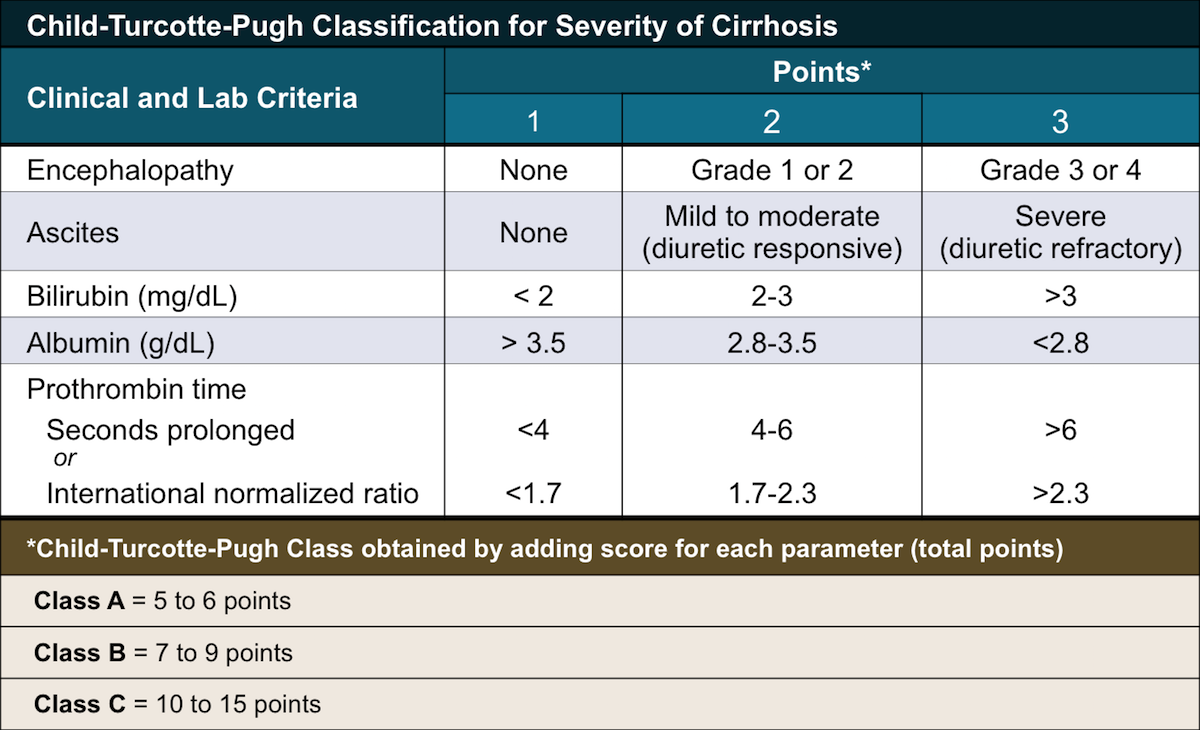
One hundred and seventy-one patients admitted consecutively with a primary admission diagnosis of end-stage liver disease were included in the study. This observational longitudinal follow-up study was carried out at the Himalayan Institute Hospital, a tertiary healthcare centre in Dehradun, Uttarakhand, India. As such, this study was conducted to assess disease severity in patients with end-stage liver disease using the CTP score, the MELD score and the MELD-Na score and to compare these prognostic scores as predictors of 3-month mortality among patients with end-stage liver disease. No data are available regarding the prognostic utility of these scores in predicting short-term outcomes among patients with end-stage liver disease in India. A modified score including serum sodium − termed the “MELD sodium” score (MELD-Na) − was proposed as an alternative to the MELD score and was implemented for liver transplant allocation in 2016, since hyponatraemia is a strong predictor of mortality among liver transplant waitlist patients. Hyponatraemia with lower sodium values predicts worse outcomes and is an independent predictor of survival at 3 and 12 months. Activation of these mechanisms correlates with the degree of portal hypertension. Therefore, whether the CTP score should definitely be abandoned for use of the MELD score remains uncertain.Ĭirrhotic patients often develop dilutional hyponatraemia due to altered vascular haemodynamics. In a large systematic review, the CTP and MELD scores had comparable prognostic values in most of the cases, but their benefits varied in some specific conditions. As such, the MELD score has replaced the CTP score for deciding on the priority of allocation of a liver donor. Of the other prognostic scores, the Model for End-Stage Liver Disease (MELD) score is more reproducible than the CTP score, as it does not use subjective variables like encephalopathy and ascites. After about four decades, the Child score was replaced by the modified Child-Turcotte-Pugh (CTP) score as a reference for assessing the prognosis of cirrhosis. Many prognostic scores have been used for predicting prognosis in patients with end-stage liver disease and for determining the most appropriate treatment. NAFLD is also highly prevalent in the western population. The predominant cause of chronic liver disease was hepatitis C in the north, alcohol in the northeast, hepatitis B in the east and the south, and non-alcoholic fatty liver disease (NAFLD) in the west and differed significantly in various regions. Alcoholism (34.3% of 4,413) was the most common cause of cirrhosis, while hepatitis B (33.3%) was the predominant cause of chronic liver disease in general as well as of non-cirrhotic chronic liver disease (40.8% out of 8,163). A final analysis of 13,014 cases of chronic liver disease (19.77%) showed that 33.9% presented with decompensated cirrhosis. A recent prospective, multicentre study involving 20,701,383 patients from different parts of India showed that 1.28% ( n = 266,621) of these patients had chronic liver disease, while 65,807 (24.68%) were diagnosed for the first time. Įarlier data on the aetiological spectrum of end-stage liver disease from Northern India revealed HBV and HCV infections as the predominant causes of chronic liver disease. With the beginning of routine screening of blood and blood products of hepatitis B virus (HBV) markers and vaccination in the last few decades, the frequency of end-stage liver disease due to HBV has decreased in the developed world, making hepatitis C virus (HCV) the major cause there.

Alcohol is an important cause of end-stage liver disease in developed countries and in certain parts of India as well.

Hepatotropic viruses are the chief causes of end-stage liver disease in most regions of the world. The aetiology of end-stage liver disease varies between different geographical areas of the globe. The pattern of onset and prominence of symptoms can rapidly suggest a diagnosis, particularly if major risk factors are considered, such as the age and sex of the patient and a history of exposure or risk behaviours. The pattern of liver disease differs geographically, between various ethnic groups with different practices, and in time period. Liver disease accounts for a sizeable number of patients in various countries around the world and poses serious health-related as well as economic problems.


 0 kommentar(er)
0 kommentar(er)
